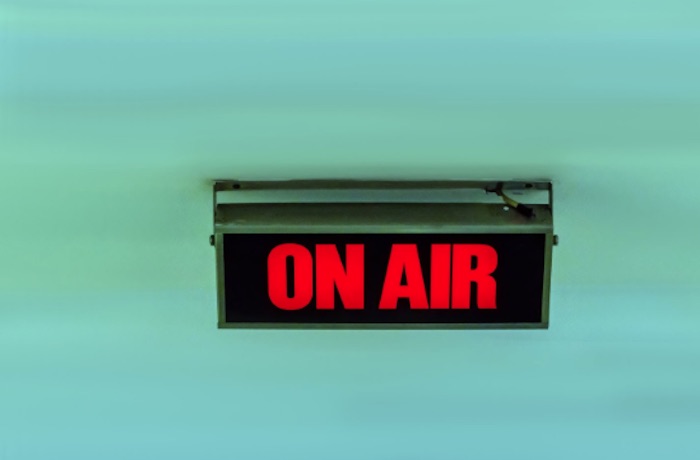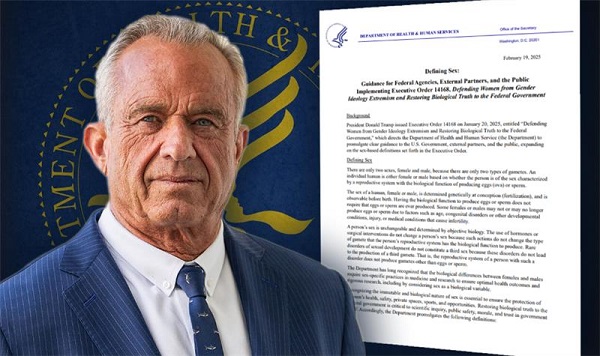Lean Out with Tara Henley
Meet the press: Why much of the media looks and sounds much the same

The article is from the substack of Tara Henley. A former news producer at the CBC, Tara is now a writer and podcaster based in Toronto, and the author of the bestselling book Lean Out.
In the years that I worked in mainstream media, people would occasionally complain to me about it, as if journalists were some uniform, coordinated entity with clearly established goals, operating in Machiavellian ways behind the scenes to accomplish an agenda. Such comments generally made me laugh, and I would point out that we in the media aren’t even organized enough to consistently eat lunch. Spending one’s days rushing from one deadline to the next, in an under-resourced, hyper-competitive pressure cooker is not exactly conducive to plotting and scheming, let alone executing some sort of grand conspiracy.
But since 2020, the trickle of complaints about legacy media has become a deluge, and much of the media looks and sounds much the same. So I’ve been forced to think more deeply on this.
The same basic ideology is in the driver’s seat everywhere in liberal media, and that’s glaringly obvious to anyone with eyes and ears.
A widely-shared Vanity Fair piece by James Pogue about the New Rightarticulates a popular line of criticism on this, via political theorist Curtis Yarvin and his concept of “The Cathedral.” The Cathedral is essentially the journalism/academia nexus that advances liberal ideology. And, interestingly, as Glenn Greenwald has pointed out, Yarvin’s views — as summarized by Pogue — are similar to leftist Noam Chomsky’s, in that Yarvin believes “no one directs this system, and hardly anyone who participates in it believes that it’s a system at all.”
This is worth thinking through.
Is there, in fact, a system at work here? Is there a consensus in the mainstream media? If so, can we name it?
Here’s a good place to start: Ask yourself how many liberal media pieces you’ve seen over the past two years that, say, interrogate COVID restrictions critically (especially early on, with school closures, lockdowns, and mask mandates). Or evaluate Black Lives Matter as a political movement, assessing its strengths and weaknesses. Or offer opposing viewpoints on transgender athletes in women’s sports; or mass immigration; or diversity, equity, and inclusion philosophies, trainings, or policies. Or acknowledge the excesses of #MeToo, or prejudice against the white working class. Or present critiques of identity politics. Or explore downsides of puberty blockers and gender transition surgery for teens; or delve into the growing censoriousness on social media and in education, Hollywood, the arts, and NGOs. Or probe inner city gun violence. Or reflect the positive sides of masculinity. Or talk about God. Or reference anything that’s currently deemed a conspiracy theory in non-derogatory terms (see: the lab leak theory). Or express genuine curiosity on the reasons behind the rise of independent media, whether that’s Joe Rogan or Substack.
This, I would argue, is the no-fly list. These are the tripwires.
I’ll admit that, months after leaving legacy media, I still feel an instinctive trepidation even running down this list — that’s how ingrained this is.
Now, there’s also a lot of stories that, while certainly not off limits, are generally considered boring, or policy wonkish, or depressing, or too much work, or vaguely uncomfortable, and thus are a harder sell. This includes: the behind-the-scenes of the housing crisis (anything that involves tedious, time-intensive investigations into things like shell companies, real estate trusts, foreign buyers, money laundering, or shadowy institutional actors). Also: policy failures behind the opioid crisis; labour issues (especially precarious work); income inequality (yawn); billionaire wealth (at least, before Elon Musk set his sights on Twitter); government corruption; anything to do with China; and, in America, mass incarceration.
Meanwhile, here are the stories that tend to play well in story meetings: The first “X” to do “Y” (the more local the better); celebratory ethnic heritage stories; local examples of racism; refugee stories; police brutality stories; investigations into misinformation or disinformation; calls for more robust online content moderation; the changing of the names of institutions; representation of diverse identities in literature, film, dance, music, and art; interesting identity takes on news developments, or holidays, or activities. Immigrant stories. Female empowerment stories. Stories warning about populism. Stories warning about conspiracy theorists, or other bad actors online. Stories warning about free speech absolutists. Stories about people getting exposed for saying objectionable things. How “X” initiative falls short of addressing “Y” social problem. Experts warning about the threat of a new COVID wave and why we need tougher restrictions.
To be clear: I’m not saying there’s anything wrong with these stories, per se; I’m just pointing out that they are popular.
And there are, of course, plenty of exceptions to everything I’ve just laid out; there’s lots of mainstream journalists working to complicate the narratives, to widen the Overton window, to push back against conformity, and to reflect the diversity of perspectives out there.
Add to that: All of this is always evolving; stories that were once untouchable (see: Hunter’s Biden laptop) quietly become acceptable overnight, and new stories are deemed distasteful (see: Noam Chomsky on Ukraine).
There’s probably a decent amount of national/regional variation here, too.
Still, there is clearly a consensus at work, and the above is my understanding of the broad strokes of it, as it currently stands.
The question is: How is it advanced?
The tendency in the public is to think that someone at the top is pulling the strings, quashing dissent and enforcing narratives. That is certainly true in some cases. But the daily reality is often far more complicated.
Often, it’s not a boss telling you what to cover, or how to cover it, but your colleagues, the mood in your newsroom, your competition, your Twitter feed, and, increasingly, your own anxieties. (And, just as important, what you are not being told. As writer Freddie deBoer has put it: “Everyone who works in the industry lives with a dim but persistent feeling that they have committed some kind of faux pas and are paying for it, but never know where, what, or why.”)
Thus, consensus is manufactured in myriad small but insidious ways, and if you want to keep working you figure out the unspoken rules.
Where you get the strongest signal is from Twitter, which tends to voice the media consensus explicitly. The best articulation I’ve heard of how this functions — and the pronounced class dynamics at play here — is from Tablet’s Jacob Siegel, speaking on a Callin podcast with author Wesley Yang:
I think that sometimes when people outside of the media haven’t seen how this operates … they imagine that we are suggesting that the peer pressure involves threats about employment status or something like that, which may be the case. But more often than not, it’s that the person who is being pressured has already fully internalized the idea that to report on the wrong kind of story, to say the wrong kind of thing, would simply be gauche. To be gauche in that way is essentially unforgivable. It’s a moral crime. It’s to step outside of the bounds of civilized society.
So: This is about social pressure, and social control. This is about self-censorship, and groupthink. And, if all that fails, and a third rail piece somehow gets through, it is about the slow and steady massaging of a story until it fits the dominant narrative.
Much of this is not happening at a conscious level. But that doesn’t mean it’s not a massive problem.
Lean Out with Tara Henley is a reader-supported publication. To receive new posts and support my work, consider becoming a free or paid subscriber.
-

 Business2 days ago
Business2 days agoGovernment debt burden increasing across Canada
-

 International23 hours ago
International23 hours agoJihadis behead 70 Christians in DR Congo church
-

 Health2 days ago
Health2 days agoTrudeau government buys 500k bird flu vaccines to be ‘ready’ for potential ‘health threats’
-

 Health2 days ago
Health2 days agoTrump HHS officially declares only two sexes: ‘Back to science and common sense’
-

 Business2 days ago
Business2 days agoNew climate plan simply hides the costs to Canadians
-

 Censorship Industrial Complex2 days ago
Censorship Industrial Complex2 days agoBipartisan US Coalition Finally Tells Europe, and the FBI, to Shove It
-

 Business1 day ago
Business1 day agoFederal Heritage Minister recommends nearly doubling CBC funding and reducing accountability
-

 Alberta1 day ago
Alberta1 day agoOpen letter to Ottawa from Alberta strongly urging National Economic Corridor









